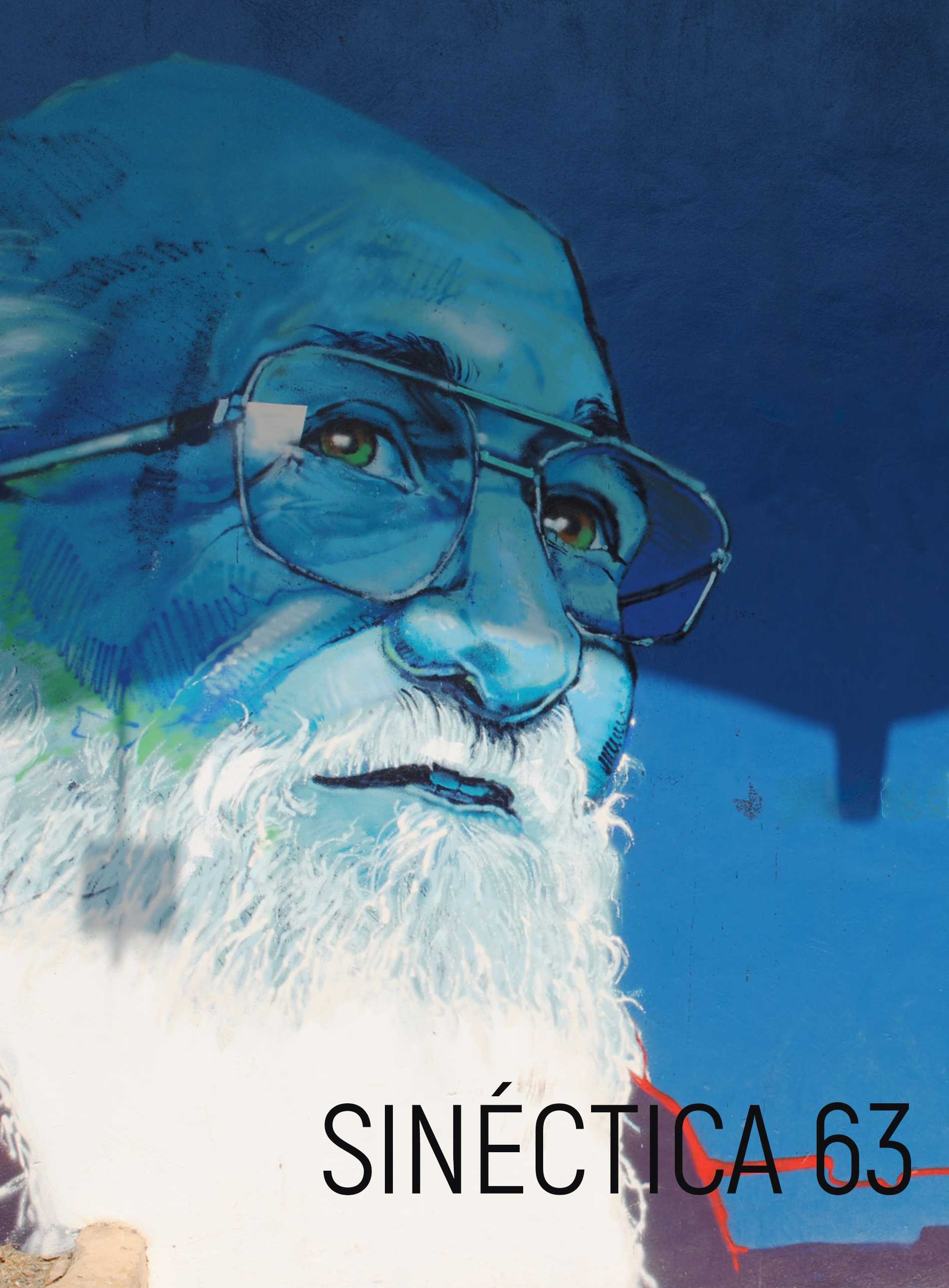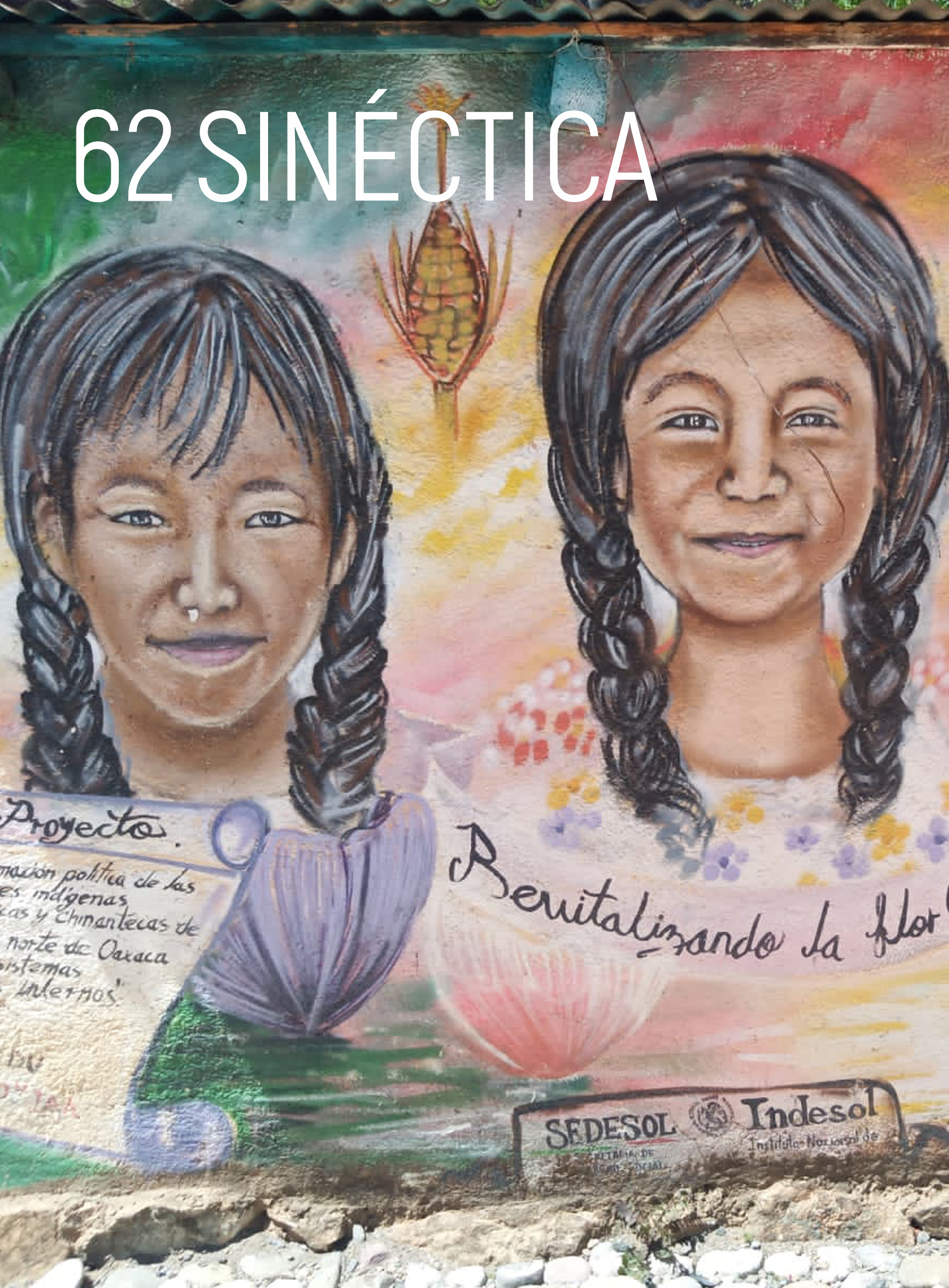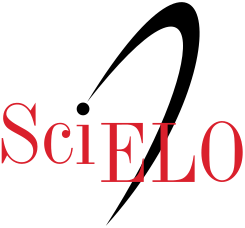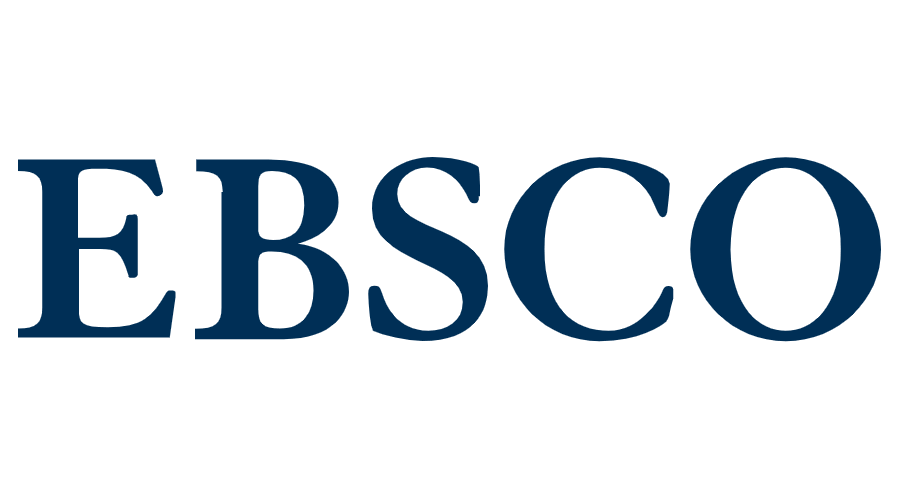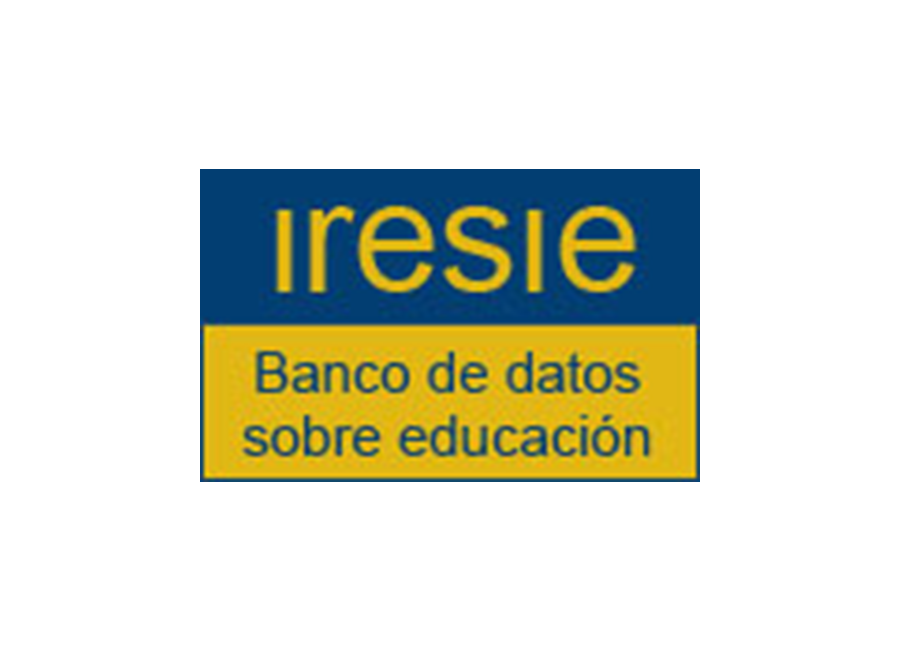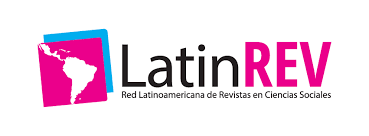Indigenous youths and distance learning in higher education: expectations and experiences
DOI:
https://doi.org/10.31391/S2007-7033(2024)0062-009Keywords:
indigenous youth, distance learning in higher education, ñähno people, QuerétaroAbstract
In Mexico, educational institutions and government initiatives aimed at closing the achievement gap continue to struggle to provide access to higher education for indigenous people. This article analyzes one model that serves young people in areas without university campuses.
In Mexico, educational institutions and government initiatives aimed at closing the achievement gap continue to struggle to provide access to higher education for young adults from indigenous communities. This article analyzes one model that serves young people in areas without institutions of higher education. The model in question is the distance learning model of the National Technological Institute of Mexico in the indigenous community of the municipality of Tolimán, Querétaro, Mexico. The researchers endeavored to learn about the experiences, expectations, and greater meaning around higher education by using qualitative methodology including focus groups. Among the findings, researchers observed that the distance learning model resolves two obstacles to the educational trajectory of indigenous youth. These are distance from university campuses and scarcity of financial resources among families to support students living outside the community while they study. Researchers also found that higher education delays the cultural mandates of marriage and parenthood, increasing autonomy and empowerment among women.
Downloads
References
ANUIES (2021). Anuarios estadísticos de educación superior.
Azoños Rodríguez, G. (2020). Migración y masculinidad entre los jóvenes indígenas en Tolimán, Querétaro. Tesis para obtener el grado de maestro en Estudios Antropológicos en Sociedades Contemporáneas.
https://ri-ng.uaq.mx/handle/123456789/2511
Badillo Guzmán, J. (2011). El Programa de Apoyo a Estudiantes Indígenas en Instituciones de Educación Superior. Reencuentro. Análisis de Problemas Universitarios, núm. 61, pp. 26-33.
https://reencuentro.xoc.uam.mx/index.php/reencuentro/article/view/772
Bonilla J, F. I. y Escobar, J. (2017). Grupos focales: una guía conceptual y metodológica.
http://biblioteca.udgvirtual.udg.mx/jspui/handle/123456789/957
Castillo, A. (2000). Persistencia histórico cultural. San Miguel Tolimán. Universidad Autónoma de Querétaro.
Chávez Arellano, M. E. (2008). Ser indígena en la educación superior ¿desventajas reales o asignadas? Revista de la Educación Superior, vol. 37, núm. 148, pp. 31-55.
http://publicaciones.anuies.mx/pdfs/revista/Revista148_S1A3ES.pdf
Concepción Valverde, P. J. (2022). Jóvenes indígenas y educación superior en Querétaro: claves para la inclusión educativa. DESIDADES-Revista Científica da Infância, Adolescência e Juventude, núm. 34.
https://doi.org/10.54948/desidades.v0i34.52961
Concepción Valverde, P. J. (2018). Jóvenes e identidades en Tolimán: movimiento y reconfiguración cultural de las comunidades Hñähño del semidesierto queretano. Tesis de doctorado en Ciencias Sociales. El Colegio de San Luis, AC. https://colsan.repositorioinstitucional.mx/jspui/handle/1013/666
Czarny, G. (2015). Jóvenes indígenas y universidades convencionales. Diversidad, ciudadanía y educación. Sujetos y contextos. En Ernesto Díaz Couder, Elba Gigante y Gloria E. Ornelas (coords.). UPN.
http://bgtq.ajusco.upn.mx:8080/jspui/bitstream/123456789/1514/1/Diversidad%20y%20ciudadania.pdf
Czarny, G., Navia, C. y Salinas, G. (2018). Expectativas de estudiantes universitarios indígenas en educación superior. Revista de la Educación Superior, vol. 47, núm. 188, pp. 87-108. https://doi.org/10.36857/resu.2018.188.509
Czarny, G., Ossola, M. M. y Paladino, M. (2019). Presentación al dossier Jóvenes indígenas y universidades en América Latina: sentidos de la escolaridad, diversidad de experiencias y retos de la profesionalización. Antropología Andina Muhunchik– Jathasa, vol. 4, núm. 1, pp. 6-17.
https://doi.org/10.59159/2018/320
Didou Aupetit, S. A. (2018). La educación superior indígena e intercultural en México en 2018: incógnitas, interrogantes y resultados. Revista de la educación superior, 47(187), 93-109. https://doi.org/10.36857/resu.2018.187.420
Gallart Nocetti, M. A. y Henríquez Bremer, C. (2006). Indígenas y educación superior: algunas reflexiones. Universidades, núm. 32, pp. 27-37.
https://biblat.unam.mx/hevila/UniversidadesMexicoDF/2006/no32/5.pdf
INEGI (2022). Encuesta Nacional sobre Discriminación en México (EnADiS). Conapred.
https://www.inegi.org.mx/contenidos/saladeprensa/boletines/2023/ENADIS/ENADIS_Nal22.pdf
INEGI (2020). Censo de Población y Vivienda 2020.
INEGI (2015). Encuesta Intercensal 2015.
Instituto Nacional de los Pueblos Indígenas (2020). Programa de Apoyo a la Educación Indígena (PAEI). Documento diagnóstico 2020. Coordinación General de Planeación y Evaluación.
http://www.inpi.gob.mx/coneval/2020/S-178-17082020-diagnostico-2020.pdf
Margel, G. (2001). Para que el sujeto tenga la palabra: presentación y transformación de la técnica de grupo de discusión desde la perspectiva de Jesús Ibáñez. En Observar, escuchar y comprender. Sobre la tradición cualitativa en la investigación social (pp. 187-208).
https://biblioteca.colson.edu.mx/e-docs/RED/Observar_escuchar_y_comprender_63-131.pdf
Mato, D. (2018). Diversidad cultural e interculturalidad en educación superior. Experiencias en América Latina.
https://unesdoc.unesco.org/ark:/48223/pf0000183804
Pérez Ruiz, M. L. (2008). Presentación. Jóvenes indígenas en América Latina: ¿globalizarse o morir? En M. L. Maya Pérez Ruiz (coord.). Jóvenes indígenas y globalización en América Latina. Instituto Nacional de Antropología e Historia.
Piña, A. (2002). La peregrinación otomí al Zamorano. Universidad Autónoma de Querétaro.
Rea Ángeles, P. (2011). La educación superior como agente de transformación de las identidades genéricas entre los zapotecos en la ciudad de México. Perfiles Educativos, vol. 33 (SPE), pp. 226-238.
Roldán Gutiérrez, L. (2020). Experiencia universitaria de jóvenes indígenas: voces de egresados provenientes de pueblos originarios. Tesis para obtener el grado de maestría en Investigación y Desarrollo de la Educación. Universidad Iberoamericana.
https://ri.ibero.mx/bitstream/handle/ibero/3635/017043.pdf?sequence=1&isAllowed=y
Secretaría de Educación Pública (2015). Modelo de educación a distancia del Tecnológico Nacional de México.
https://epad.tecnm.mx/docs/Modelo_Educacion_Distancia_TecNM.pdf
Segura Salazar, C. M. y Chávez Arellano, M. E. (2016). "Cumplir un sueño": percepciones y expectativas sobre los estudios profesionales entre estudiantes indígenas en la Universidad Autónoma Chapingo. Revista Mexicana de Investigación Educativa, vol. 21, núm. 71, pp. 1021-1045.
https://www.comie.org.mx/revista/v2018/rmie/index.php/nrmie/article/view/100
Schmelkes, S. (2013). Educación y pueblos indígenas: problemas de medición. Revista Internacional de Estadística y Geografía, vol. 1, pp. 5-13.
https://rde.inegi.org.mx/RDE_08/Doctos/RDE_08_opt.pdf
Schmelkes, S. (2003). Educación superior intercultural: el caso de México. Conferencia dictada en el Encuentro Internacional Intercambio de Experiencias Educativas, Vincular los Caminos a la Educación Superior, organizado por la Ford Foundation, la Unidad de Apoyo a las Comunidades Indígenas de la Universidad de Guadalajara y la ANUIES.
https://www.ses.unam.mx/curso2015/pdf/11sep-Schmelke-02.pdf
Unesco Biblioteca Digital (2015). Educación 2030: Declaración de Incheon y Marco de Acción para la realización del Objetivo de Desarrollo Sostenible 4: Garantizar une educación inclusiva y equitativa de calidad y promover oportunidades de aprendizaje permanente para todos.
https://unesdoc.unesco.org/ark:/48223/pf0000245656_spa
Raffoul, J., Ward, J., Calvez, S., Kartolo, A., Haque, A., Holmes, T., Attas, R., Kechego, J., Kustra, E. y Mooney, J. (2022). Institutional structures and individual stories: Experiences from the front lines of Indigenous educational development in higher education. AlterNative: An International Journal of Indigenous Peoples, vol. 18, núm. 1, pp. 163-172. https://doi.org/10.1177/11771801211062617
Downloads
Published
Issue
Section
License
Copyright (c) 2024 Sinéctica

This work is licensed under a Creative Commons Attribution-NonCommercial 4.0 International License.
This work is licensed under a Creative Commons Attribution-NonCommercial 4.0 International license.
Authors who publish in Sinéctica agree to the following terms:
The authors retain copyright and grant the journal the right of first publication of the authorized work simultaneously under a Creative Commons Attribution License, which allows others to share the work as long as both the authorship of the work and the initial publication in this journal are acknowledged.
Authors may enter into additional separate contractual agreements for non-exclusive distribution of the published version of the journal (e.g., publishing in an institutional repository or a book), with acknowledgement of initial publication in this journal.
Authors are allowed to publish their work in institutional repositories or on their own website before and during the submission process, as it may generate productive exchanges, as well as earlier and greater citation of the published work.
Explanatory note: As of 2017 Sinéctica is governed by the Creative Commons Attribution Non-Commercial 3.0 International License, a version that standardizes licenses internationally.
Articles published between 1992 and 2016 are covered by a Creative Commons Attribution-NonCommercial-NoDerivatives 4.0 International license, which allows a work to be shared and distributed non-commercially and with acknowledgement of the author, but prohibits modification of the original creation.




